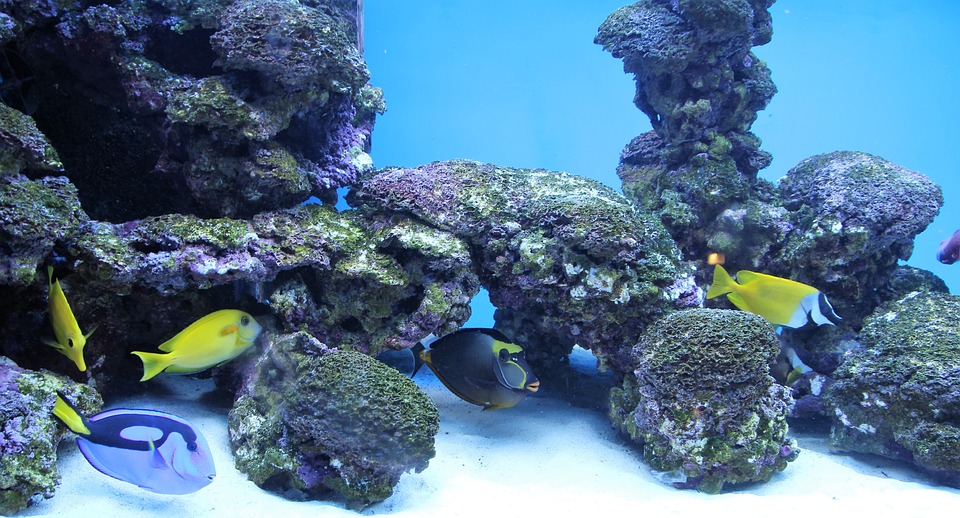Rice fields are a common sight in many parts of the world, especially in Asia where rice is a staple food. These flooded fields provide the perfect environment for growing rice, but they also have the potential to impact the environment in various ways. One innovative solution to mitigate these environmental impacts is the practice of adding fish to rice fields.
Fish are not typically associated with rice fields, but research has shown that introducing certain species of fish into these flooded fields can have numerous benefits. One of the main advantages of adding fish to rice fields is pest control. Many rice farmers struggle with pests such as insects and snails that can damage their crops. By introducing fish that feed on these pests, farmers can reduce the need for chemical pesticides, which can be harmful to the environment.
In addition to pest control, fish can also help to improve water quality in rice fields. Fish feed on organic matter and algae, which can accumulate in the water and lead to oxygen depletion. By consuming these nutrients, fish can help to maintain a healthy balance in the ecosystem, preventing the buildup of harmful substances and promoting overall water quality.
Furthermore, the presence of fish in rice fields can also benefit the fish themselves. Rice fields provide a rich source of food for fish, including insects, algae, and other small organisms. This can help to support fish populations and provide additional income for farmers through the sale of fish.
One of the key challenges in implementing this practice is selecting the right species of fish for the rice fields. Some fish species are better suited to the flooded conditions of rice fields and can thrive in this environment. Common species used in this practice include tilapia, catfish, and carp, which are known for their ability to adapt to a variety of conditions.
Another important consideration is the management of fish populations in rice fields. Farmers need to ensure that the fish are not overstocked, as this can lead to competition for food and space. Proper monitoring and management practices are essential to maintain a healthy balance between fish and other organisms in the ecosystem.
Overall, adding fish to rice fields is a sustainable and environmentally friendly practice that can benefit both farmers and the environment. By harnessing the natural abilities of fish to control pests, improve water quality, and support fish populations, farmers can enhance the productivity and sustainability of their rice fields. This innovative approach demonstrates the potential for agriculture to coexist harmoniously with the environment, providing a model for sustainable farming practices around the world.





